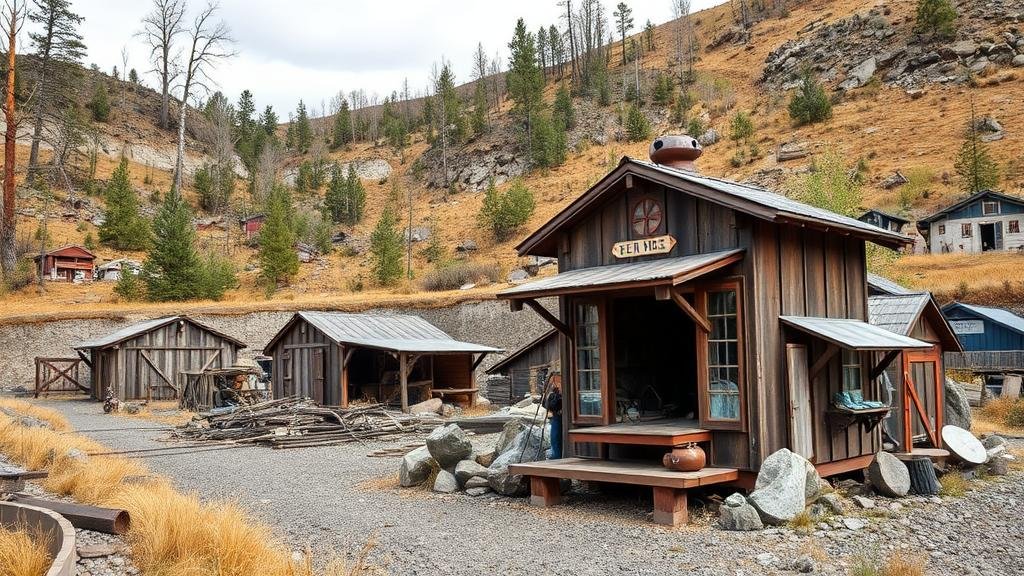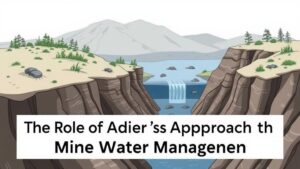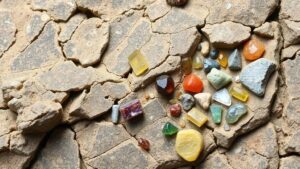Evaluating Historical Silver Smelter Sites for Residual Ore
Evaluating Historical Silver Smelter Sites for Residual Ore
The evaluation of historical silver smelter sites is a critical component for mining engineers and geologists interested in the prospects of residual ore. This exploration involves not only an understanding of historical practices in smelting but also a thorough assessment of the geochemical legacy these activities have left behind. This article explores the methodologies, techniques, and considerations involved in the process of evaluating such sites.
The Importance of Residual Ore Assessment
Residual ore refers to the deposits of metals that remain after the primary extraction process. In historical silver smelting, often cited in places like the Comstock Lode in Nevada or the Silver Valley in Idaho, the inefficiencies of past smelting techniques can lead to substantial quantities of residual silver ore left in the tailings or the smelter sites themselves.
Understanding the residual content not only contributes to the economic feasibility of re-processing these materials, but it also has implications for environmental remediation and historical preservation. According to the United States Geological Survey (USGS), as much as 20-30% of the original silver content may remain in these sites, emphasizing the need for thorough evaluations.
Methods of Evaluation
- Field Surveys: Conducting surveys is essential to assess the physical characteristics of the site.
- Geochemical Analysis: Soil and ore samples should be collected and analyzed to determine metal concentrations.
- Geophysical Techniques: Techniques such as ground-penetrating radar can reveal sub-surface features.
- Historical Research: Investigating historical records can provide insight into the types of processes used and their effectiveness.
Case Study: The Comstock Lode
The Comstock Lode, widely recognized as one of the richest silver finds in American history, offers a compelling case study. Historical assessments revealed that many of the early smelting operations extracted only a fraction of the available silver. In fact, studies indicated that less than 50% of the total silver content was successfully captured in initial processing efforts.
Modern evaluators have turned to methods such as detailed geochemical sampling and advanced geospatial technologies to uncover residual deposits. For example, the implementation of drone-based surveys has significantly enhanced the ability to collect large datasets over difficult terrains, enabling more comprehensive assessments of residual ore potential.
Challenges in Site Evaluation
Evaluating historical smelter sites presents unique challenges, including:
- Environmental Contamination: Many sites may be contaminated from heavy metals and chemicals used during the smelting process.
- Limited Accessibility: Remote locations can hinder comprehensive evaluations.
- Regulatory Hurdles: Re-evaluating historical sites often involves navigating complex environmental regulations.
Addressing these challenges requires a multidisciplinary approach, incorporating environmental science, geology, and engineering principles to develop a robust evaluation plan.
Best Practices for Evaluating Historical Silver Smelter Sites
To ensure effective evaluation of historical smelter sites, practitioners should consider the following best practices:
- Conduct Thorough Historical Research: Understanding the operational history provides context for evaluating residual ore potentials.
- Use Modern Technology: Employing innovative technologies can enhance accuracy in locating and analyzing residual materials.
- Engage with Environmental Experts: Collaborate with environmental engineers to understand contamination risks and remediation strategies.
Conclusion and Actionable Takeaways
Evaluating historical silver smelter sites for residual ore offers significant opportunities for resource recovery and economic benefits. By employing modern evaluation techniques and adhering to best practices, stakeholders can not only assess the potential for mining residual resources but also contribute to the responsible management of environmental impacts.
Those interested in pursuing this field should prioritize:
- Continuous learning and adaptation of new technologies in site evaluation.
- Investment in comprehensive environmental assessments.
- Collaboration across disciplines to foster innovative solutions.
In summary, the evaluation of historical silver smelter sites is both a challenge and an opportunity, calling for innovative approaches and a commitment to sustainable practices in resource management.



